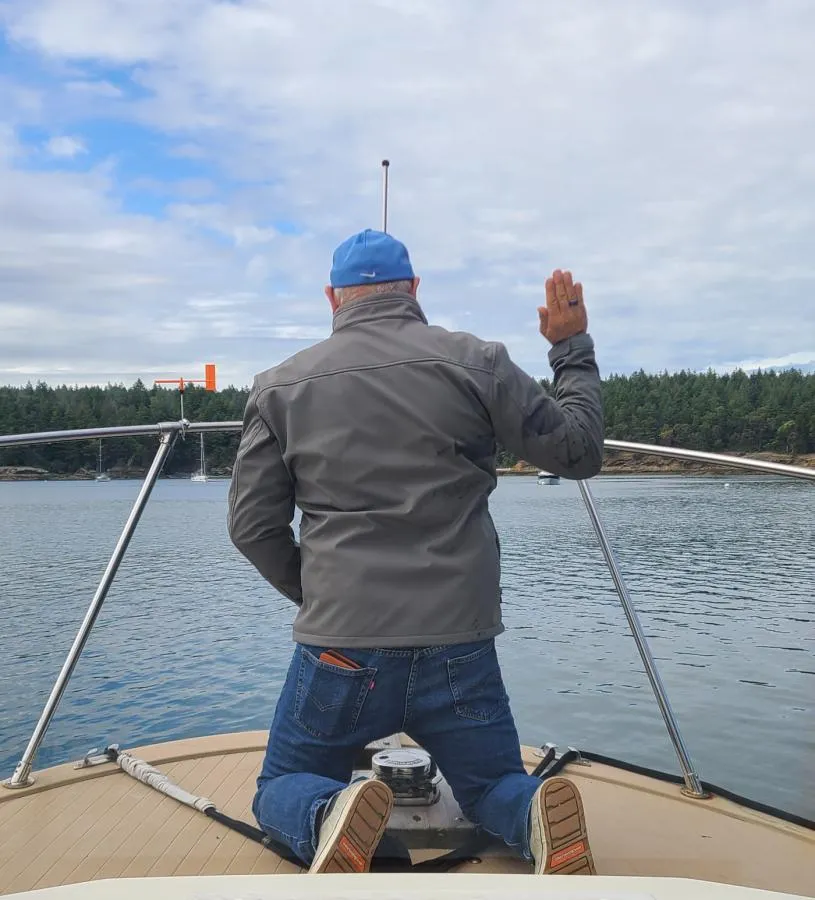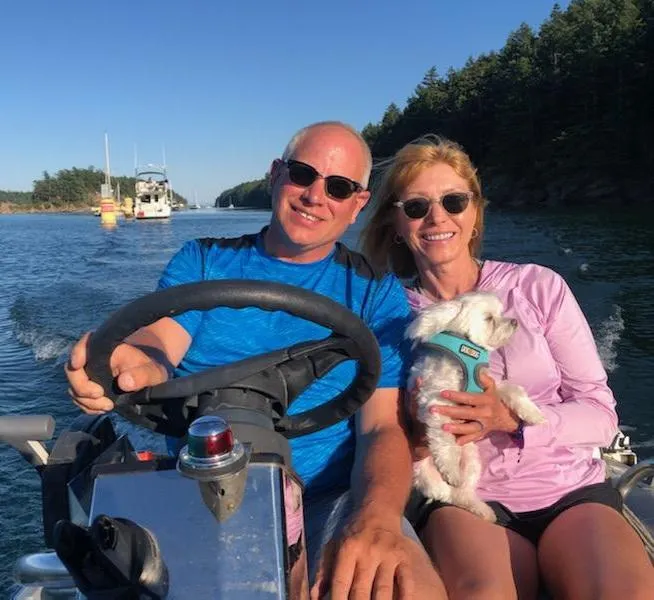Anchoring with Hand Signals
Published: 05/20/2025

Anchoring Hand Signals
Anchoring a boat can be one of the most satisfying parts of a day on the water, but it requires teamwork and crystal-clear communication, especially between the person handling the anchor and the helmsman.
When the wind's whipping, the engine's humming, and the waves are choppy, yelling back and forth just isn't efficient—or safe. That's where hand signals come in.
These visual cues create a silent language that ensures everyone is on the same page, allowing for smooth, precise anchoring every time.
Let's break down the essential hand signals that make anchoring a breeze.
Getting the boat exactly where you need it is paramount. These signals direct the helmsman's fundamental movements:
Basic Boat Control: Your Silent Commands

Forward (Dead Slow): Want a gentle push forward? Raise your arm from the elbow upwards, pointing towards the sky. The boat will proceed at a snail's pace until you signal otherwise.
Neutral: When you need the boat to stop its movement and simply drift, extend your arm straight out, parallel to the water, and hold it still. This tells the driver to take the boat out of gear.
Reverse (Dead Slow): For a controlled backward movement, point your arm from the elbow downwards towards the water. The boat will reverse at a dead slow speed.
Increase Speed: Already in forward or reverse and need a little more oomph? While holding the current direction signal, simply rotate your wrist.
Decrease Speed: If you're going a bit too fast, keep holding the current signal (forward, neutral, or reverse) and flutter your fingers together in a waving motion, like a child's "bye-bye" wave.
Speed Okay: Once you've reached that perfect speed, flatten your open hand to indicate that the desired pace has been achieved.
Turning: Guiding the Helm with a Twist
Maneuvering precisely is crucial for setting the anchor correctly. These signals help you guide the boat's direction:
Turn Right (Starboard): To steer the boat to starboard, rotate your forearm clockwise (to your right) from the elbow. A single, distinct rotation means a slight turn, while continuous rotation signals a hard turn.
Turn Left (Port): For a port turn, rotate your forearm counter-clockwise (to your left) from the elbow. Again, one spin means a gentle adjustment, while continuous spinning means a hard turn in that direction.
Remember, the helmsman will continue the turning action until you give a new signal.
Once the boat is on the desired heading, swing your arm forward and backward from its current turning position to signal Direction Okay.
Action Completion and Problem Indication: Crucial Updates
These signals are vital for confirming success or alerting the helmsman to an immediate issue:
Anchor Set/No Further Action: When the anchor has dug in securely and you're all set, wave your extended-to-the-side arm gently up and down. This tells the helmsman that no more boat maneuvering is needed.
Problem: If something's gone wrong or you need immediate attention, this is your go-to signal. Wave your extended neutral position arm straight out, parallel to the water, then straight up above your head, and then back down to level. This dramatic signal tells the driver to immediately put the boat in neutral and come to the bow to figure out the issue.
Join Me on Healthy Boat Living

Captain Maria Faires Naumann
Follow my Healthy Boat Living Instagram and Facebook accounts and YouTube.
Welcome to Healthy Boat Living! I'm sharing my expertise as a dietitian, personal trainer, and boat captain to bring you easy-to-follow advice for staying active and eating well, even with limited space on your boating or RV adventures.
I'll cover everything from time-efficient workouts on land and sea, to nutritious meals in small spaces and effective cooking solutions for your galley or campsite, and stylish tips and beautiful tablescapes that make boating and camping even better.
Join my husband George, our boat dog Emmie, aboard our boat Little Bear, and subscribe now for pro tips and inspiration to live your healthiest boat and RV life!
Categories: Healthy Boat Living
Tags: #boatingskills #boatlife





